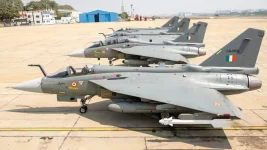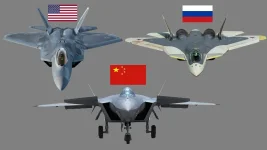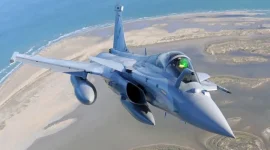- Views: 5K
- Replies: 43
In a decisive move to address its dwindling combat strength, the Indian Air Force (IAF) and the Ministry of Defence (MoD) are establishing a committee to expedite fighter jet procurement. This committee will prioritize the long-delayed Multi-Role Fighter Aircraft (MRFA) tender, with a major decision expected by May 2025.
This urgency stems from the critical need to prevent the IAF's squadron strength from falling to a precarious low of 28 by year's end, a mere 3-4 squadrons more than the Pakistan Air Force (PAF).
The MRFA tender, initiated in 2019, aims to acquire 110 advanced fighter jets. However, the committee's mandate is not to review existing indigenous programs like the Tejas or the Advanced Medium Combat Aircraft (AMCA), but to focus on strategies for rapidly increasing operational squadrons.
A key debate within defence circles revolves around whether to acquire 4.5 generation or 5th generation fighters. The Parliamentary Standing Committee on Defence has previously urged the IAF to consider 5th generation aircraft to compensate for MRFA delays, emphasizing the strategic need for advanced technology to maintain an edge over regional adversaries.
While the IAF's exact plans remain undisclosed, a dual approach seems likely:
- Interim Rafale F4 Procurement: The IAF may opt for an immediate, smaller purchase of 36 updated Rafale F4 jets. This would serve as a stopgap measure, leveraging existing infrastructure and training for the Rafale platform.
- Government-to-Government Deal for 5th Generation Fighters: Simultaneously, there's a push for a 5th generation fighter through government-to-government agreements. This could involve the USA (F-35), Russia (Su-57), or even European collaborations. Such a deal could significantly boost the IAF's capabilities in the coming years.
The committee's efforts to expedite the MRFA tender and explore interim solutions reflect the IAF's commitment to maintaining a technologically advanced and operationally ready fighter fleet in the face of evolving regional security challenges.




